Rice is considered the ultimate food staple in any Filipino home. The same is true in Davao City, although visitors from other Philippine cities may not find the Dabawenyo ways of cooking rice to their liking.
If you are a true-blue Dabawenyo — or if you just want to understand how people in Davao like their rice — here are seven mouth-watering ways of cooking rice that are pretty much common fare in Davao City:
But wait, before we discuss the ways of cooking rice…
Due to the sheer number of ways to cook rice, I excluded the following kinds of cooking rice:
- Complex rice dishes, such as Paella and Yang Chow Fried Rice
- Extremely unique rice preparations that only a few people know, like Scallops Risotto
- Rice toppings that have become popular in Chinese restaurants and food trucks
- Dishes that use special rice varieties such as Jasmine rice, brown rice, or malagkit
- Rice snacks and sweets, such as suman, ampaw, and bibingka
Simply put, the following list includes rice preparations that involve simple cooking or minimal ingredients.
Salivating already? Let’s get to our list!
1. Bungkag
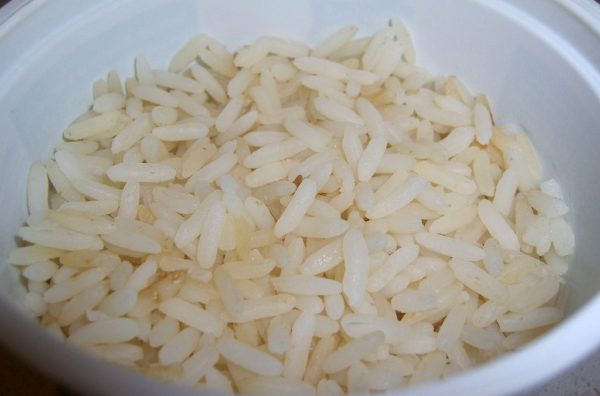
Basic characteristics:
- The rice easily scatters on the plate, even with minimal poking or plate movements.
- Only a few pieces remain on the spoon or spatula when you scoop it up from the cooker to the plate.
- You’ll probably leave a lot of rice crumbs (mumho) on the table or floor after you eat it.
- Other names / variations: uga
Best enjoyed with:
- Soup such as sinigang and corn soup
- Saucy dishes, like menudo and adobo
2. Pilit

As the quintessential opposite of bungkag, this method of cooking produces rice that is sticky and sometimes difficult to handle. Most of the rice grains are stuck together, and are cooked through. Some people achieve this by increasing the amount of water during cooking, while others use special rice varieties that produce a sticky consistency when cooked.
If you love the Japanese way of cooking rice, you will probably want this.
Basic characteristics:
- The rice takes up the shape of the container used for scooping.
- A significant portion will stick to the spatula that you use for dispensing, leading you with the need to do a whipping action to get the rice off.
- It will stick to eating utensils, and may be difficult to wash off.
- Other names / variations: Japanese rice, sticky rice, malagkit
Best enjoyed with:
- Fried food, such as fish, bulad, and lechon kawali
- Crunchy food, such as chicharon and lumpia
3. Tutong

Dabawenyos may differ in the degree of burn or sear that they like in their tutong. Some prefer the slightly dry (but still white) burnt rice at the sides of the cooker, while others like the tough brown tutong at the base of the pot.
Basic characteristics:
- The rice is burnt, although its color may range from dull white to brown.
- This is usually found at the bottom or sides of the pot where the rice is cooked.
- It tastes dry and a bit crunchy in the mouth.
- Other names / variations: sunog
Best enjoyed with:
- Soup
- Egg, whether fried, scrambled, or boiled
- Any traditional Pinoy dish, such as bulad, adobo, and paksiw na isda
4. Bahaw
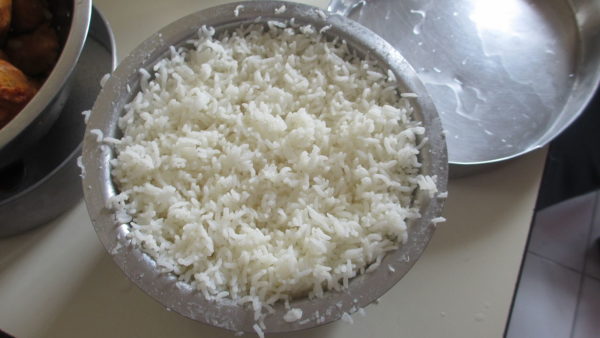
There’s nothing special in terms of cooking this kind of rice preparation, except that you can only enjoy it at least a half day from the time it gets cooked. Bahaw is basically leftover rice that’s already at room temperature.
Basic characteristics:
- This is the only rice preparation in this list that you can enjoy cold or at room temperature.
- Any leftover rice — whether it’s bungkag, pilit, or tutong — is included in this category.
- You may notice some moisture condensation in the pot cover and the rice base.
- Warning: Don’t eat it if you smell something sour or off, because that’s probably a sign that the leftover rice is already bad.
- Other names / variations: kaning lamig, tirang kanin
Best enjoyed with:
- Bare hands, without eating utensils
- Anything hot, preferably something fried that you can eat with your hands
- Black coffee as soup
5. Lugaw
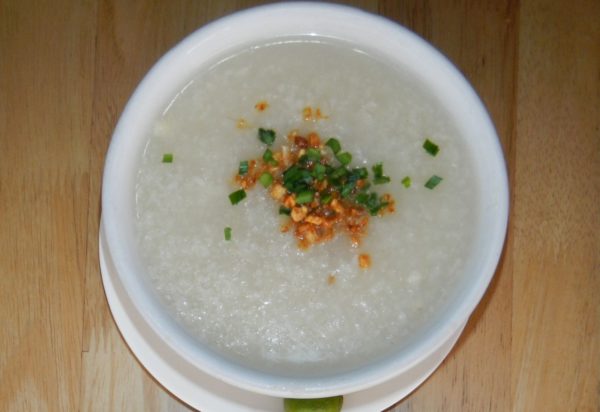
As the local version of the American chicken soup, this rice dish has nursed the sick and warmed the cold weather for generations. Its most basic version uses only rice and water, although some restaurants have raised the bar by using soup stock or adding meat and seasoning.
Basic characteristics:
- It makes use of significantly more water to produce a porridge.
- Other names / variations: congee, goto, arroz caldo
Best enjoyed with:
- Calamansi, pepper, chopped onion leeks, and fish paste
- Chicken or beef tripe boiled with the rice, to produce arroz caldo or goto, respectively
6. Sinangag
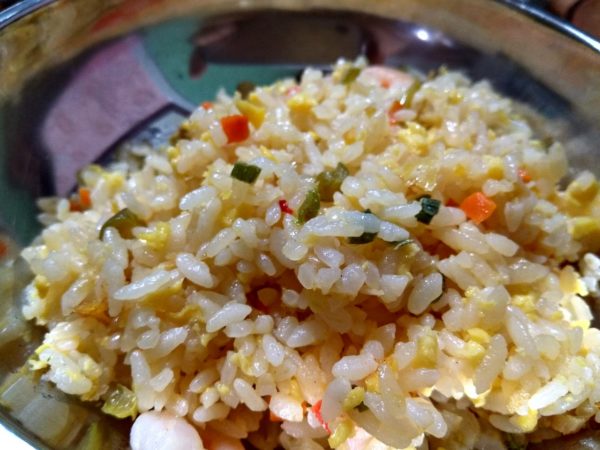
This rice cooking method involves stir-frying cooked rice with a little oil and garlic. Some people like to add seasoning such as salt, pepper, and soy sauce. Others, on the other hand, simply like to revive leftover rice by stir-frying it.
Basic characteristics:
- This is slightly greasier than traditional cooked rice, and may even contain more flavor.
- It is best cooked in a wok or wide frying pan.
- Other names / variations: fried rice, garlic rice, java rice, chao fan
Best enjoyed with:
- Depends on the level of stickiness (refer to “bungkag” or “pilit”)
7. Puso
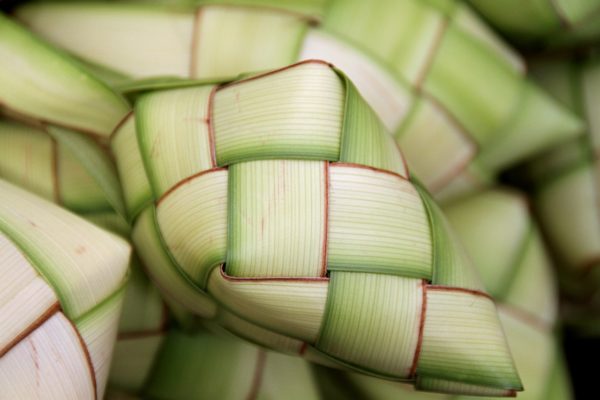
Originating from Cebu, this has become one of the favorite ways of cooking rice for Dabawenyos. You will see most of them in barbecue stalls and food carts along the city streets.
Basic characteristics:
- It is wrapped in coconut or palm leaves woven together and hanged in food stalls.
- The rice absorbs the organic flavor of the leaves, giving it a unique aroma.
- You may eat it directly from the palm weave without the need to dispense it on a plate.
- Other names / variations: pastil (although not exactly the same)
Best enjoyed with:
- Barbecue
- Lechon baboy or lechon manok
- Fried food in the sidewalk, such as chicken skin, lumpia, and kinupsan / chicharon
Final Word
Despite the rise of more culinary varieties in the city, Dabawenyos will probably continue to love rice and enjoy it the way they like to cook it.
Is your favorite rice cooking method not on this list? Sound off below!
 DavaoBase Online Home Base of Dabawenyos
DavaoBase Online Home Base of Dabawenyos 



